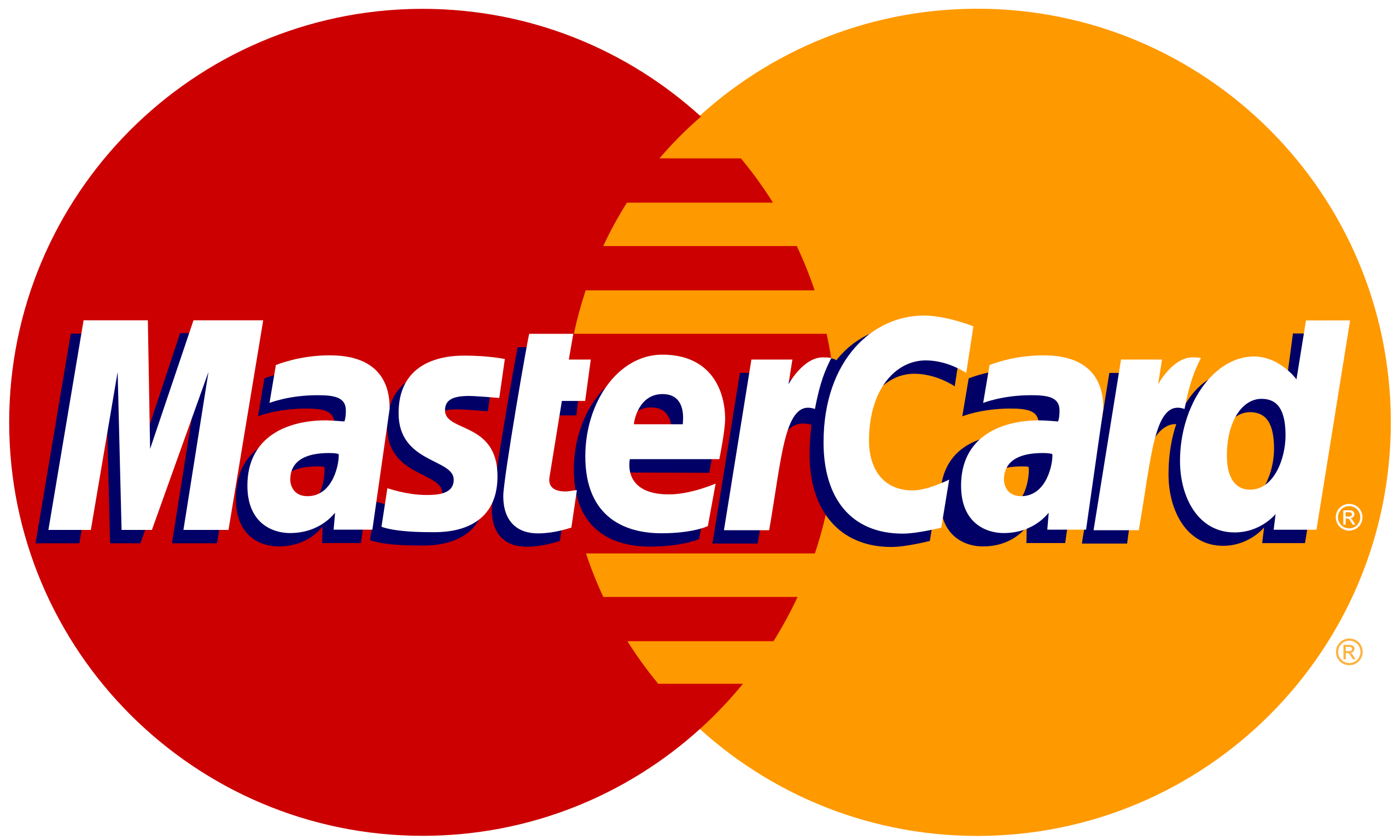
Visual Management and Visual Performance Management are terms that are often used interchangeably with varying definitions and understanding. Here, we’ll clarify the difference between Visual Management (VM) and Visual Performance Management (VPM) and we’ll highlight some key points about each.
Visual Management is the process of creating a visual workplace which includes a variety of marking, labeling and signage to answer questions and make hidden things obvious.
Workplace information can change quickly and often: production schedules, incoming requests, customer patterns, work-in-process, and a thousand other details on which the daily life of our processes depends. In any single day, literally thousands of informational transactions are required to keep work current, accurate, and timely.
But what happens when this vital information is hard to access, incomplete, inaccurate, or simply missing? People ask lots of questions - lots of the same questions - repeatedly.
An information-scarce workplace is the opposite of a visual workplace.
When key information is not instantly available, the organization pays for that in long cycle times, late deliverables, poor quality, mistakes, low morale, and runaway costs at which point, struggle becomes a way of life.
In the non-visual workplace, we are forced to exist within a narrow bit of our capability – contributing much less than we are able. The work environment lacks clarity. Attempts to improve the process many times fail because even the smallest gains disappear overnight. A non-visual workplace has no way to sustain the change, however hard we worked to get improvements in place.
Paying attention to questions that are asked can give us clues to solutions. Verbal questions are so commonplace in most companies that some people, including managers and supervisors, sometimes think that their main job is to provide the answers day in and day out, all the time.
Benefits of Visual Management
A workplace that is visual explains itself because of these different visual devices that we incorporate. They can be defined as any mechanism, item, or thing that influences, directs, limits or controls behavior by making information vital to the task-at-hand available at-a-glance, to anyone and everyone who needs it—without speaking a word. The level of information that visual devices can communicate is really infinite. Very few organizations understand this and so it’s rare to see it done well!
How to Implement Visual Management; Techniques and Tools
Visual Performance Management
Visual Performance Management is the practice of graphically representing performance results in a shared space, and is used by high-performing organizations across many industries. In a specific process (e.g., department, function, work station..), everyone involved has easy access to graphical displays of their key performance indicators. They can see how they are tracking to their goal, and really importantly, early warning signs of potential problems are made obvious. VPM allows for teams to gather around this critical information on a frequent basis (usually daily) to perform real-time problem-solving.
In organizations without a visual performance management system in place, it’s common to see decision-making and actions based on assumptions, gut feel, bad data, or the opinion of the loudest person in the room. This can lead to a significant amount of wasted effort and time, and will predictably add layers of new problems on top of old ones.
A good visual performance system is simple in its design and function. It’s often compared to the dashboard of a car...
we don’t need to see a 30-page engine diagnostic report before we start our car every morning. But we DO need to quickly glance at the dashboard to see that there are no warning lights flashing before we put the car in Drive!
Benefits of Visual Performance Management
The benefits of visual performance management are giving leadership and work groups the ability to quickly identify and respond to a variety of issues in any area of an organization, as well as creating a team that’s strong in self-reliant problem-solving.
Do you need Visual Performance Management?
Think about the area that you work in. Whether you are a leader or an employee, you should be able to quickly and accurately answer these questions:
- What are the key measures (or Key Performance Indicators) for my process?
- What is the standard or target for each?
- Do I know that visually?
- Do I know if we are meeting the standard or not?
- If the standard is not met, why are we not meeting it, and what do we do about it?
If you can’t confidently answer “YES” to each of these questions, I promise you that you are in perpetual firefighting mode and your process is not running optimally.
How to Implement VPM; Techniques and Tools
Implementing VPM isn’t as easy as it might sound, and there are many different sizes and complexities. A project-focused VPM will focus on monitoring a very tightly focused and specific issue. A department-focused VPM will focus on monitoring the performance of an entire function. A site- or region focused VPM...you get the picture. Regardless, we can look to the name to understand the high-level steps to the implementation:
- Visual: Select and display key performance measures.
- Performance: Set and visualize standards or targets for each performance measure.
- Management: Daily collaboration to focus on prevention, detection and response to continually improve performance.
Just like most things that are worthwhile, Visual Management and Visual Performance Management are not quick fixes and they take skill, patience and perseverance to really see the Return on the Investment of your effort and time. We can get caught up in the “it’s always been this way” or “we don’t have time to do anything right now” or we can actively continue to improve.
Visual Management and Visual Performance Management are included in our Green Belt course at a high level and in our Black Belt course at a detailed toolkit level, and learning how to do these well will definitely make a positive difference for you and your team!
For more on keeping a visual workplace, check out our Visual Workplace and Visual Performance Management E-Courses
Comments (0)
Categories
Recent posts


Lean Six Sigma Green Belt and COVID – ...
19/08/2022
The Ultimate Guide to Learn Data ...
6/01/2023
Lean Six Sigma Implementation Process - ...
31/10/2022
Unlock the Hidden Potential of Data ...
21/01/2023
Save Big Today
Looking for the best deal? Save time and money by comparing prices, reviews, and features of courses before making your enrollment. Start now!

















